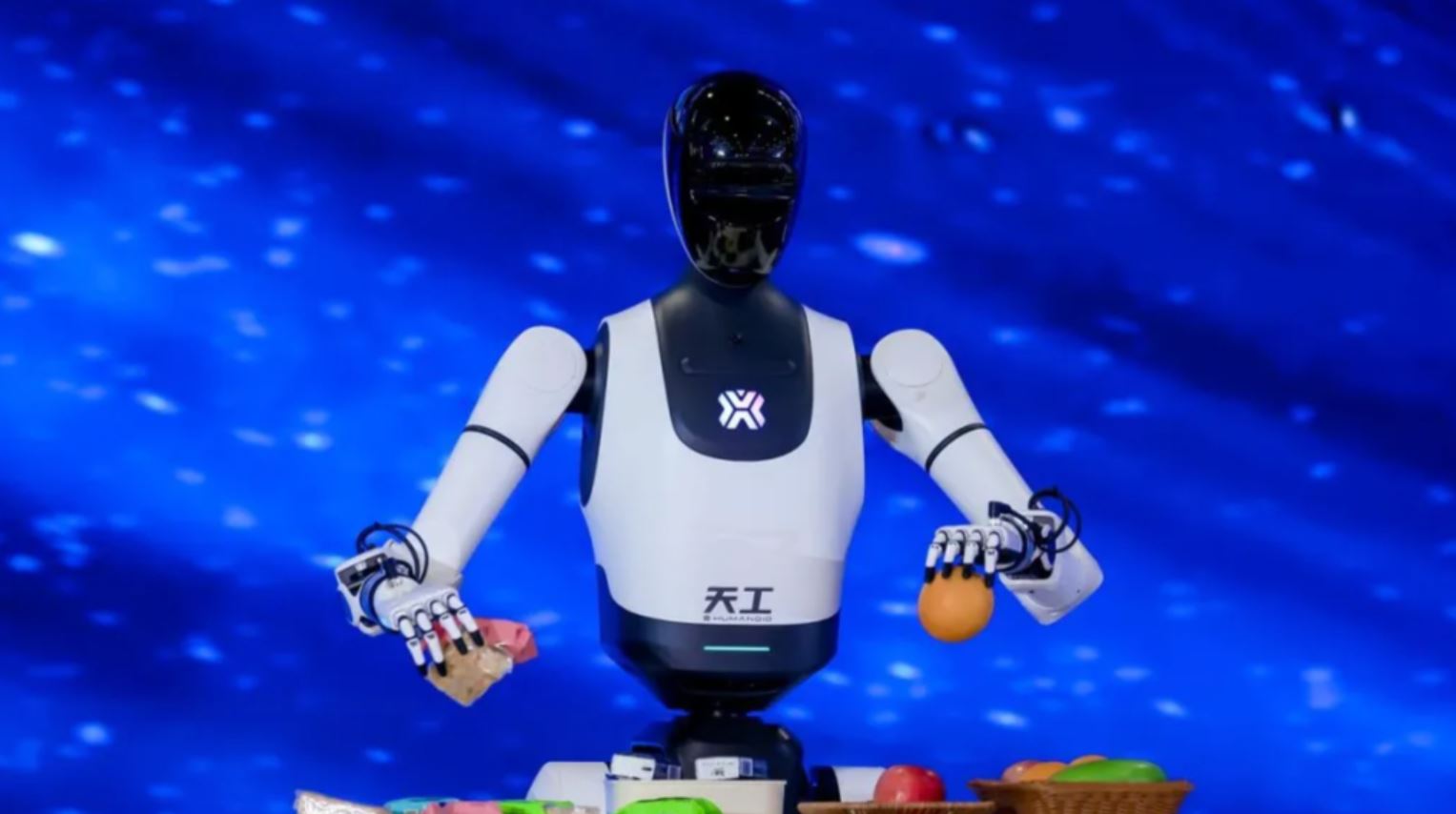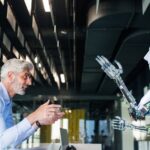 In a major push for robotics innovation, the Beijing Academy of Artificial Intelligence (BAAI) has unveiled RoboBrain 2.0, a new open‑source AI brain for humanoid robots. If you’ve ever found yourself frustrated by rigid robot capabilities, this upgrade offers a smarter approach. The model enhances spatial intelligence, allowing robots to judge distances more accurately, while its refined task planning breaks complex challenges into clear, manageable steps.
In a major push for robotics innovation, the Beijing Academy of Artificial Intelligence (BAAI) has unveiled RoboBrain 2.0, a new open‑source AI brain for humanoid robots. If you’ve ever found yourself frustrated by rigid robot capabilities, this upgrade offers a smarter approach. The model enhances spatial intelligence, allowing robots to judge distances more accurately, while its refined task planning breaks complex challenges into clear, manageable steps.
RoboBrain 2.0 isn’t just an incremental update—it delivers a 17% boost in speed alongside a 74% improvement in accuracy compared to its predecessor. This progress is supported by BAAI’s tight collaboration with over 20 leading companies. The model is part of the broader Wujie series, which also includes RoboOS 2.0, a cloud platform for robotics AI, and Emu3, a flexible system for text, image, and video processing. BAAI’s long‑standing work with open‑source large language models has not only paved the way for advanced AI but also fostered a thriving ecosystem of AI startups.
The push for smarter robotics also comes from the Beijing Humanoid Robot Innovation Centre, which has recently introduced Hui Si Kai Wu—a versatile embodied AI platform. Their Tien Kung humanoid robot, known for completing a half‑marathon in Beijing, reflects the centre’s ambition to create the ‘Android for humanoid robots’, echoing the transformative impact of Google’s Android on mobile technology.
The recent BAAI Conference brought together more than 100 AI researchers and over 200 industry experts from top Chinese tech giants such as Baidu, Huawei Technologies, and Tencent Holdings. Highlighting the collaborative spirit of the tech community, BAAI also announced a strategic partnership with the Hong Kong Investment Corporation to further nurture talent, streamline technology development, and bolster capital investment across China’s AI landscape.








